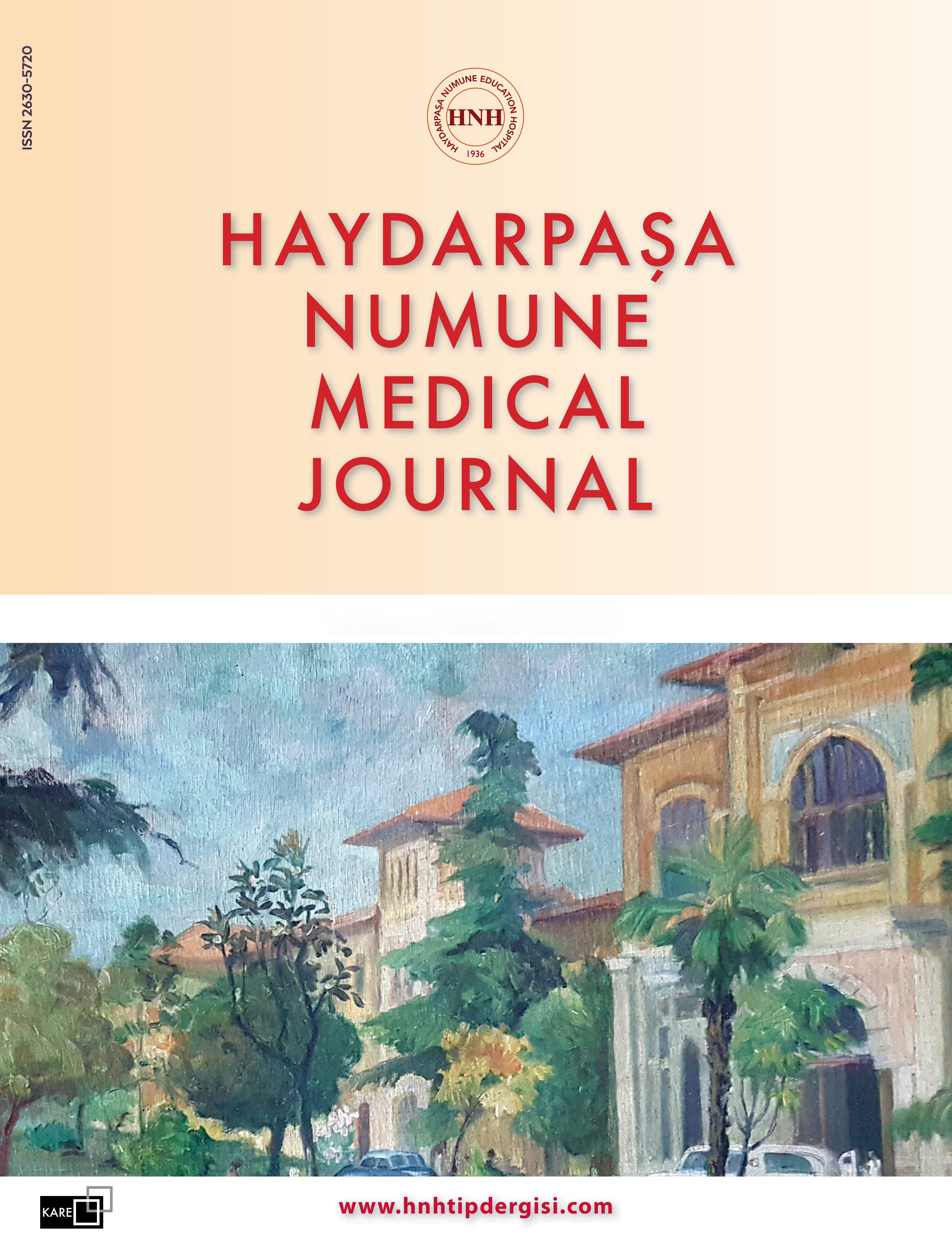Evaluation of Clinical and Demographical Characteristics of the Patients who Admitted to the Pediatric Emergency Department of a University Hospital
Esra Türe1, Erdal Erarslan2, Abdullah Yazar1, Fatih Akın1, Dursun Odabaş11Department of Pediatric Emergency, Necmettin Erbakan University Meram Faculty of Medicine, Konya, Turkey2Department of Pediatrics, Necmettin Erbakan University Meram Faculty of Medicine, Konya, Turkey
INTRODUCTION: This study aims to evaluate the admissions to our pediatric emergency department, the diagnoses, the follow-ups and treatments, contributing to plannings to be organized for timely and appropriate interventions.
METHODS: In this study, 46756 patients who admitted to the pediatric emergency department of our hospital as an outpatient or via ambulance were included to be evaluated retrospectively by age range, gender, time of admission, frequency of admissions by months, the complaint of emergency department admission, the diagnosis made and whether they were hospitalized in an inpatient ward.
RESULTS: In this study, 54% of the patients were male and the rest of the patients were female. Evaluated by seasons, it was determined that the maximum number of admissions, in descending order, were in winter and spring months, and the minimum number of admissions, however, were in summer and autumn months. During the day, the busiest time of the pediatric emergency department was between 16: 00 - 00: 00. The most commonly made diagnosis in the pediatric emergency department in all months during the whole year was determined to be upper respiratory tract infection (34.9%, n: 16060), followed by lower respiratory tract infections with a rate of 19.5%. Among all patients, the number of cases for which a forensic report was issued, however, was determined to be 1.5%. The hospitalization rate of all patients was determined to be 10.7%. 3099 (61.8%) of a total of 5013 hospitalized patients were hospitalized in the pediatric emergency department observation unit, where their treatments were completed.
DISCUSSION AND CONCLUSION: Pediatric emergency departments, which will serve under appropriate conditions and opportunities, by which unnecessary admissions and hospitalizations will be reduced, and in which shorter observations will be made, would be able to provide services of better quality, reduce the number of unnecessary tests and allow effective intervention.
Manuscript Language: English
















